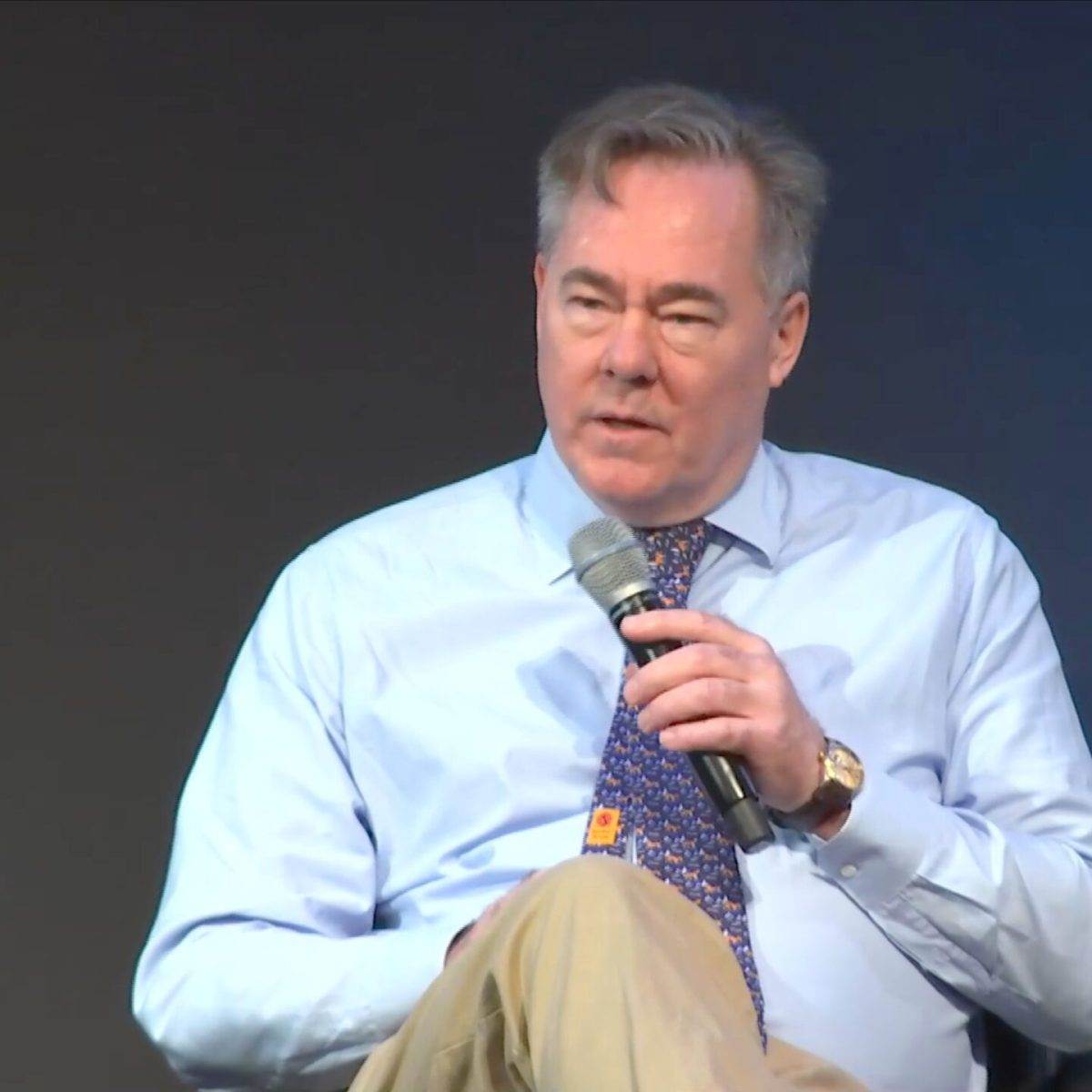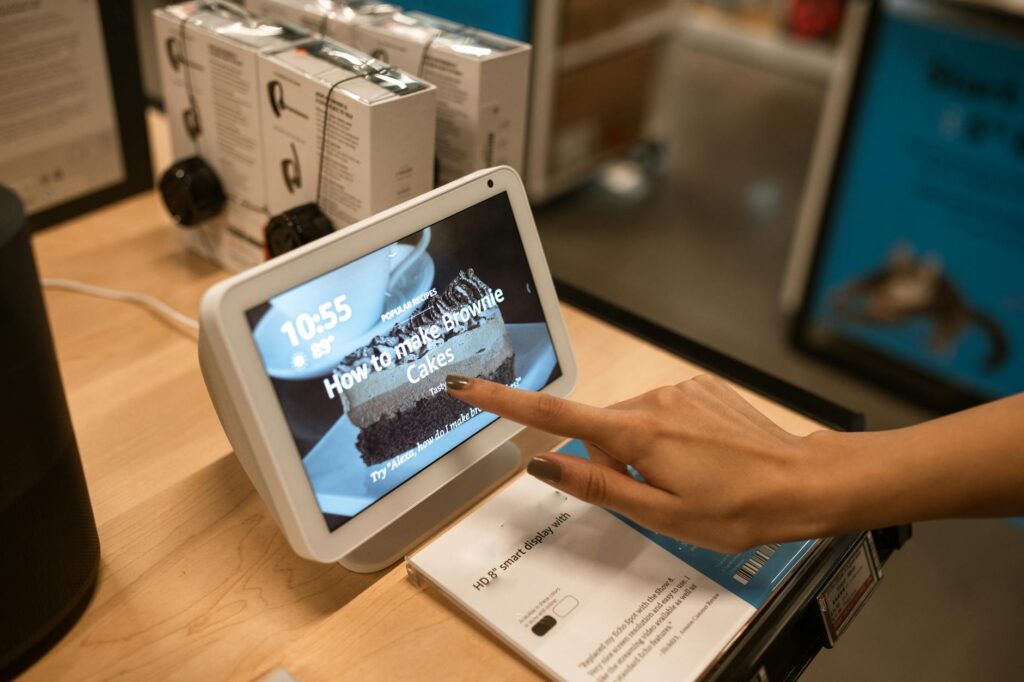SES-Intelsat combination’s far-reaching impact on deal-making

Top Stories Tamfitronics

TAMPA, Fla. — The ripples from Intelsat’s $3.1 billion sale to rival satellite operator SES are disrupting and delaying deals for suppliers and other companies further downstream, according to finance experts on an Oct. 22 Satellite Innovation panel.
“Intelsat and SES are the two largest geostationary satellite operators in the world,” noted Armand Musey, a satellite industry analyst and founder of Summit Ridge Group, driving a large portion of satellite manufacturing and launch orders.
“And so those markets have come under pressure,” he continued, affecting “some of the downstream suppliers to each of those players, and suppliers to those suppliers.
“I mean, the ripple effect downstream is enormous.”
Suppliers risk being on the losing side when two large companies come together to seek synergies and find ways to consolidate their supply chains, said Karl Schmidt, a managing director at investment bank KippsDeSanto.
“The other thing that’s happening is those two companies are on the sidelines for M&A,” Schmidt said, “so near term, that’s not great. They’ve probably got capital structures to adjust, you’ve got integration tasks to go through, so you’ve basically got some buyers out of the market.”
Longer term, he said the combination could create a healthier company that would ultimately be a stronger buyer of services in the middle market.
Like most fixed satellite services (FSS) providers, Musey said SES has traded below book value as its data services, which also leverage satellites in medium Earth orbit, face mounting competition from Starlink in low Earth orbit (LEO).
Meanwhile, the European operator’s satellite TV business is grappling with an ongoing shift to online streaming alternatives.
Deal delays
Intelsat and SES have also been buying companies to become more vertically integrated in response to the challenging FSS environment.
Intelsat recently bought Gogo’s commercial inflight connectivity business and SES has made multiple acquisitions related to data processing.
“You’d have to assume that vertical integration process that they were undergoing is going to be on hold for the next year or so,” Musey said, “maybe more.”
He said the operators have likely paused vertical acquisitions as they wait to hear what regulatory hoops they must jump through to approve their combination.
The operators, which anticipate closing their transaction in the second half of 2025, also likely need to undergo a lengthy integration process before contemplating future deals.
The potential combination adds to the financial woes facing their chief geostationary satellite makers Airbus Defense and Space and Thales Alenia Space, according to Francois Chopard, CEO of U.S. accelerator Starburst.
There is “discussion in Europe for them to either merge or for sure restructure,” Chopard said.
Demand for geostationary satellites “is plummeting in all directions,” Musey added, and “the only real market left is government … increasingly, because of the pressure in the commercial markets, the government market is becoming just that much more important.“
But even though Starlink is dominating satellite communications, Chopard pointed to how early-stage companies are still getting funds to disrupt the market.
The demand for sovereign space capabilities also continues to rise worldwide.

Jason Rainbow writes about satellite telecom, finance and commercial markets for SpaceNews. He has spent more than a decade covering the global space industry as a business journalist. Previously, he was Group Editor-in-Chief for Finance Information Group,…More by Jason Rainbow
Discover more from Tamfis Nigeria Lmited
Subscribe to get the latest posts sent to your email.



 Hot Deals
Hot Deals Shopfinish
Shopfinish Shop
Shop Appliances
Appliances Babies & Kids
Babies & Kids Best Selling
Best Selling Books
Books Consumer Electronics
Consumer Electronics Furniture
Furniture Home & Kitchen
Home & Kitchen Jewelry
Jewelry Luxury & Beauty
Luxury & Beauty Shoes
Shoes Training & Certifications
Training & Certifications Wears & Clothings
Wears & Clothings
















